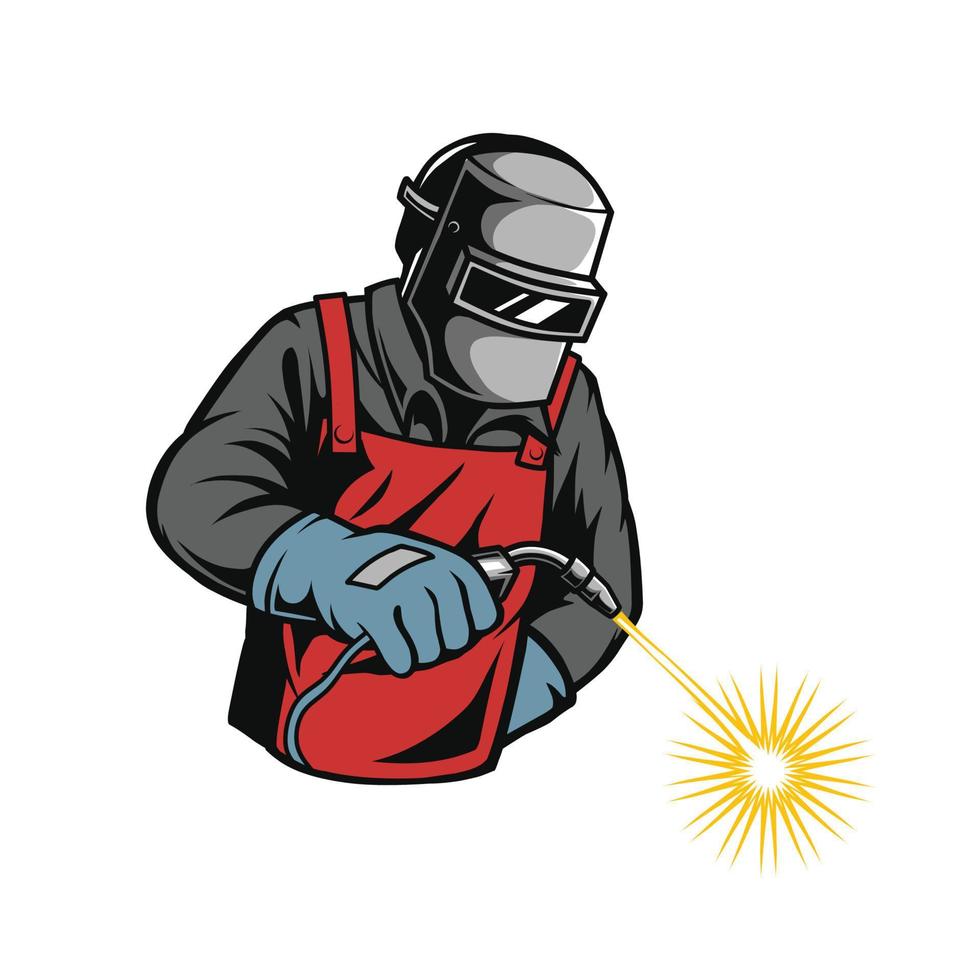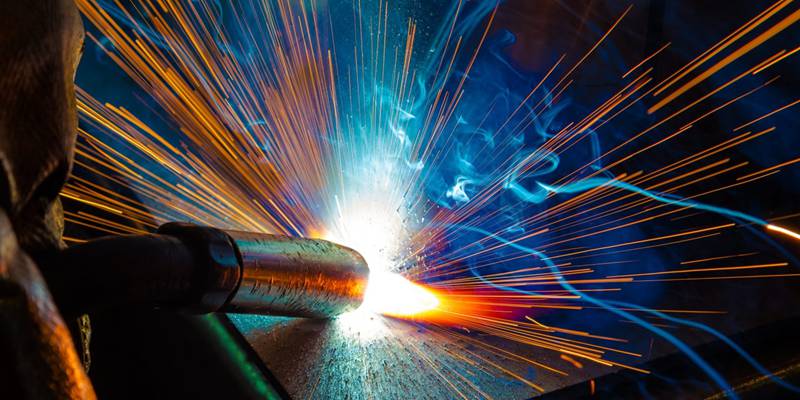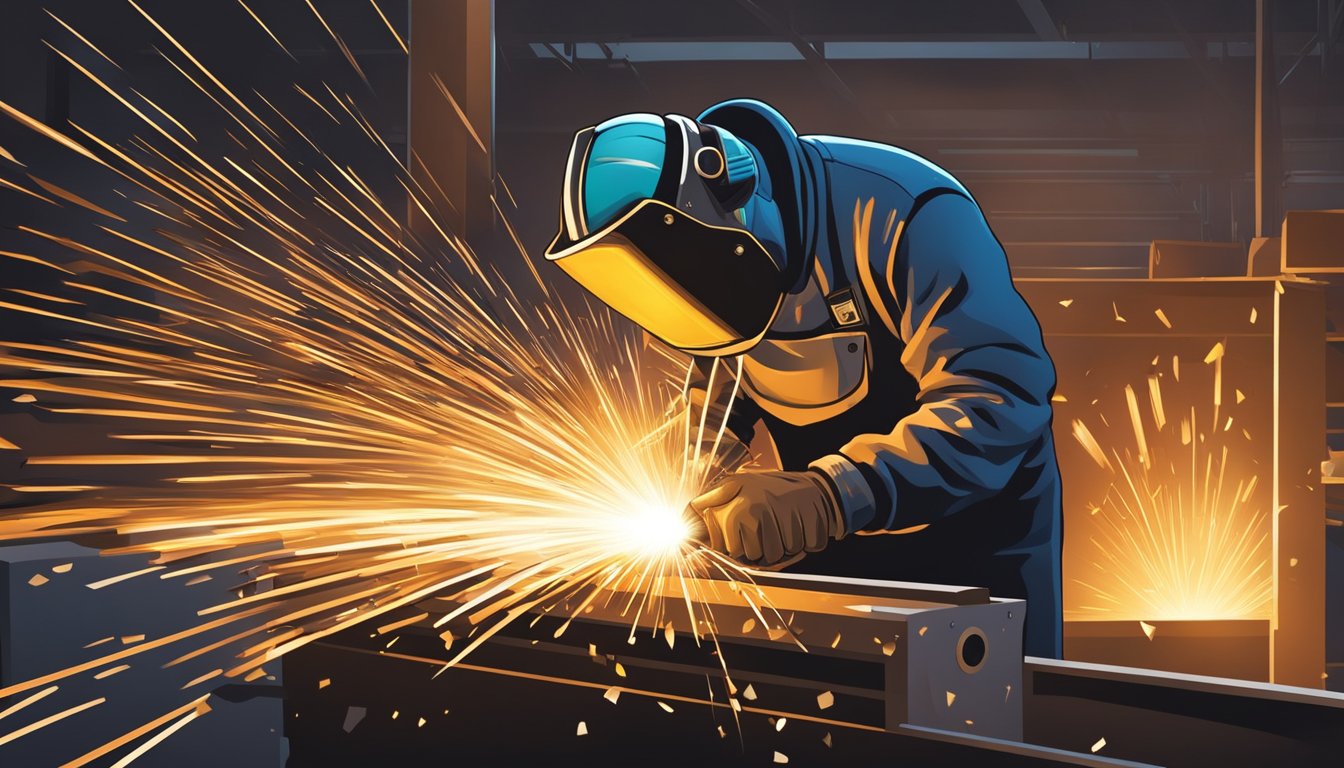Advanced Welding WPS: Tailoring Requirements for Complex Jobs
Advanced Welding WPS: Tailoring Requirements for Complex Jobs
Blog Article
The Ultimate Guide to Welding WPS Procedures: A Thorough Summary for Welders
In the intricate world of welding, Welding Procedure Specifications (WPS) serve as the foundation of making certain high quality, uniformity, and safety in welding procedures (welding WPS). As we dig into the numerous elements of a WPS and explore the intricacies of credentials and accreditation, we will certainly discover the essential function these treatments play in the realm of welding.
Relevance of WPS Procedures
Recognizing the importance of Welding Treatment Specifications (WPS) treatments is crucial for making certain the top quality and honesty of bonded frameworks. WPS treatments offer as a roadmap for welders, laying out the necessary steps, specifications, and materials called for to accomplish a sound weld. By sticking to WPS guidelines, welders can guarantee uniformity in their job, leading to structurally audio and trustworthy welds.
One of the primary reasons that WPS treatments are essential is their role in keeping weld top quality and honesty. Following the specified welding criteria and methods outlined in the WPS aids avoid issues such as porosity, splitting, or incomplete blend, which can jeopardize the stamina and toughness of the weld. Furthermore, WPS procedures are important for making sure conformity with sector requirements and codes. By adhering to established WPS guidelines, welders can demonstrate that their work satisfies the necessary requirements for safety and security and quality, supplying guarantee to customers, assessors, and governing bodies. Essentially, the value of WPS treatments can not be overstated, as they are fundamental to accomplishing regular, top quality welds that meet industry standards and specs.

Components of a WPS
A Welding Treatment Specification (WPS) commonly makes up important elements that detail the certain requirements for executing a weld, ensuring uniformity and high quality in the welding process. The essential components of a WPS consist of essential variables such as base steels, filler metals, preheat and interpass temperature levels, welding processes, shielding gases, welding positions, and post-weld warm treatment needs.
Base steels describe the materials being signed up with, while filler steels are utilized to load the space in between the base metals during welding. Preheat and interpass temperatures are important for managing the heat input and avoiding concerns like fracturing or distortion. The welding procedure lays out the specific technique to be made use of, whether it's gas metal arc welding (GMAW), shielded metal arc welding (SMAW), or another approach. Shielding gases secure the weld pool from atmospheric contamination. Welding positions define the alignments in which welding can be executed. Post-weld heat treatment might be required to eliminate stress and anxieties and boost the weld's residential or commercial properties. A thorough understanding of these components is important for developing a efficient and detailed WPS.

Qualification and Accreditation
Having actually developed the crucial components of a Welding Treatment Spec (WPS), the emphasis currently shifts in the direction of the important elements of qualification and accreditation in welding practices.

Accreditation, on the various other hand, is the formal acknowledgment of a welder's credentials by a relevant qualification body or organization. Welding accreditations are generally based on the specific welding processes, materials, and placements a welder is certified to collaborate with. Holding a legitimate welding qualification demonstrates that a welder meets industry criteria and is qualified to perform welding jobs to the needed specifications.
Creating a WPS
To create a Welding Treatment Specification (WPS) that fulfills market standards, mindful consideration of welding procedures, products, and operational parameters is crucial (welding WPS). The primary step in producing a WPS is to identify the welding procedure to be made use of, such as gas metal arc welding (GMAW) or secured metal arc welding (SMAW) Once the welding process is identified, the next crucial facet is picking the proper materials, taking into consideration aspects like base metal kind, density, and joint style. Operational criteria such as welding existing, voltage, traveling speed, and securing gas composition must also Related Site be meticulously defined in the WPS.

Applying and Monitoring WPS
Upon completing the extensive Welding Treatment Spec (WPS) that carefully details welding processes, materials, functional specifications, and high quality guarantee actions, the focus changes to effectively applying and keeping track of the well-known treatments. Implementation involves making sure that all welders included in the task are acquainted with the WPS and follow it carefully during the welding procedure. Effective implementation and surveillance of the WPS are critical for ensuring the stability, toughness, and safety of the welded joints, eventually adding to the total success of the welding task.
Conclusion
In final thought, understanding and adhering to Welding Procedure Requirements (WPS) is crucial for welders to make sure high quality, consistency, and safety in their job. By recognizing the components of a WPS, obtaining correct credentials and helpful resources certifications, creating detailed procedures, and implementing and monitoring them effectively, welders can boost their skills and efficiency in welding practices. Complying with WPS procedures is important for creating high-grade welds and meeting market standards.
In the elaborate world of welding, Welding Treatment Specifications (WPS) serve as the backbone of making certain quality, uniformity, and security in welding procedures. The welding procedure outlines the details method to be utilized, whether it's gas steel arc welding (GMAW), secured metal arc welding (SMAW), or one more approach.To establish a Welding Treatment Requirements (WPS) that satisfies market criteria, mindful factor to consider of welding processes, materials, and functional specifications is essential. The first step in developing a WPS is to identify the welding process to be utilized, such as gas steel arc welding (GMAW) or secured metal arc welding (SMAW)Upon completing the thorough Welding Procedure Specification (WPS) that carefully details welding processes, materials, functional parameters, and top quality guarantee actions, the focus changes to effectively implementing and monitoring the well established procedures.
Report this page